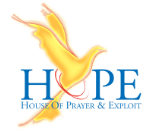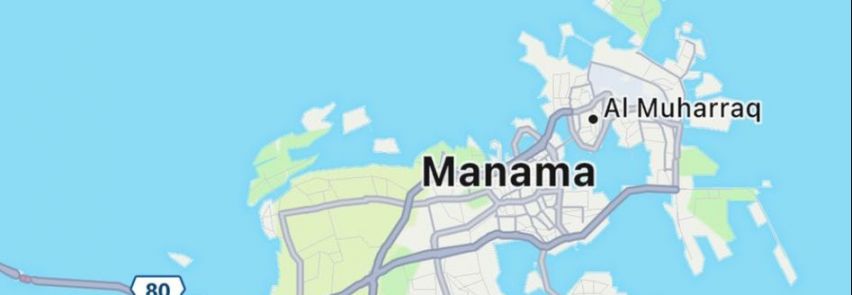The name Manama, the capital of Bahrain, means “the sleepy place” or “the place of rest.” In the Gilgamesh Epic, one of the oldest writings known to men, Bahrain was mentioned as the land of Dilmun. Dilmun is associated with the Garden of Eden, the last place where people had seen God, so the ancients decided that this was the place where they would bury their dead, because it was the closest place to Paradise, and perhaps the gateway to getting back to Him. So Manama is “the place of rest,” because for thousands of years, the ancients travelled from all around the region to come here and bury their dead. As we go south, you will see there are countless numbers of burial mounds here even to this day. The entire country is actually a big cemetery. These are the beginnings of the foundation of the history of this island.
Bahrain – The Land of the Two Seas
When you think about the prophetic significance of that, you have got this combination of connection with the Garden of Eden, but also the misunderstanding of God’s purposes and people’s own human way of trying to get back to Him. If you look at the name Bahrain in Arabic, it consists of two parts. “Bah’r” means “sea” or “waters,” while putting “ain” in the end of a word means “two.” Therefore, Bahrain actually means “the Land of the Two Seas,” and historically seen, we know this applies to “the sweet water” and “the fresh water.” As a matter of fact, throughout this island, and even in the waters of its coast there are sweet water springs that make life-giving access to water in the midst of a desert place available. So, ships would stop here to get water on the trade routes, and divers would have the ability to access springs that were underneath the waters and get fresh water while they were out at sea. That created a couple of different dynamics. Prophetically, I think it is really profound that this is the place known as “the two seas,” or “the second sea,” because we really believe this is the place where “the second sea,” the living water, is going to be found in abundance.
The dynamic of having these two seas mixing in the waters of Bahrain is the pearls. In the ancient days, before oil was discovered in 1992, pearls were the primary industry in this country. That goes back to the ancient trade routes, from where the ancients got their pearls. Jesus once told a story about a pearl that was so amazing that you would have given up everything to get access to it, and the pearl that was in their mind’s eye, even if they had never actually seen a pearl, would come from the waters of Bahrain. This was the closest ancient pearling way to Jerusalem. The mixing of the fresh water and the salt water at sea enhanced the quality of the Bahrain pearls, as it made them more lustrous.
There is something really special about pearls, and Bahrain is known as the Pearl of the Gulf. The Bahrain economy actually collapsed in around 1932, when they first started developing cultured pearls in Japan. It was shortly thereafter that they found oil. It is interesting for me, as well, why there is so much oil here. However, when you think about oil being called “fossil fuels,” and if the Garden of Eden used to be here a long time ago, that would have created a lot of fossil material that might have decayed and become oil. Think of the level of abundance that is represented all across this region.
The Christian Heritage of Bahrain
We like to call Bahrain “the mustard seed of the Gulf.” It is so small you cannot see it on most maps, but even if you had never heard of it before now, Bahrain is on God’s heart. The last few months it seems like God has been highlighting Bahrain. Four years ago, His Majesty, King Shaikh Hamad, the ruler of Bahrain, gave land to the Catholic Church to build a Catholic church here, and in two weeks the pope will be coming here to open the new church.
As mentioned before, in ancient history, Bahrain was on the trading routes. Almost all the major dynasties throughout the years had their footprints here, which is just the level of diversity and interaction they had with the ancient world. In Jesus’ days they would have known about the pearls from here. In the days after Jesus, the church came to this region. We know from Acts 2:11 that Arabs were among those who came to faith at Pentecost, and for the first 600 years after Christ, there was a thriving Arab church across the Middle East. The evidence of this has recently been acknowledged in 2019.
In the interim years, the church expanded across the Middle East, and came to the Arabian Peninsula. Recently, there was archaeological evidence of a church in ancient Jubail, Saudi Arabia, and in 2019 a team from Exeter was here doing archaeological work and analysis in partnership with the local Ministry of Culture. They identified the archaeological evidence of a church in a town called Samaheej. If you google the historian church in the Arabian Peninsula, you will find several Eastern churches that were across this region, and one of them was in a place called Mishmahig. The “meem” in the front of the word is the place identifier, the difference between Arabic and Hebrew oftentimes is the “s” and the “sh,” whereas the difference between local Arabic and Egyptian Arabic is the “j” and the “g.” So the place called Samaheej today was known as Mishmahig a long time ago, and there is clear documentary evidence that the church existed in Mishmahig. There is a series of villages just north of the airport, which are known as Al Dair, Samaheej and Kalali. Dair means “monastery,” so there is a local village just north of the airport that is called “Monastery.” Sumaheej matches the historic information about the early church that existed in Mishmahig, and Kalali is the name of a room within the monastery, where the monks lived. So, all three of these villages are directly linked to the Christian history of that community. Even within the village known as Al Dair, there is to this day a mosque called Masjid Al Raheb (“the Mosque of the Monk”). There have been stories in the local paper that have highlighted the connection of this particular community to its Christian past, and the extent to which they appreciate that heritage and want to revive it. As a matter of fact, in the village, there are a couple of new businesses that have opened recently under the names, “Sandwich Shop Al Raheb” (“the Monk’s Sandwich Shop”), and Raheb Contracting, so there is an enduring legacy in that community. “Raheb” means “monk” in Arabic, so if this word is commonly used, which is unheard of in many places, it means that Christianity was here before Islam, which give you the Christian heritage of all Arabia and especially Bahrain.
One more thing with the heritage, which is identified as evidence of the church that existed here in Bahrain 400-500 years ago. What do you find around churches in the UK? A cemetery. So where do you think they founded a church? Right in the middle of the cemetery. So again, this is the place of rest.
We are now on the bridge between Bahrain and Saudi Arabia, and this is the Gulf waters of Bahrain. We are going to get halfway across to the visa station and turn around and head back. This is as close as we can without going over. I don’t know if you saw a couple of towers that were half built. We are going to get out right next to those towers, to enjoy the view, and look out over this land. Half of the island here is Saudi, and the other half is Bahrain. That is the border, where customs and immigration happen.
Shared by Daniel Taylor – Scribed by HOPE team
19/10/2022
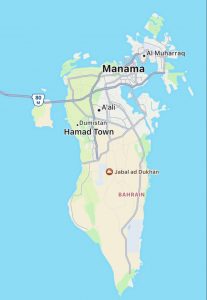
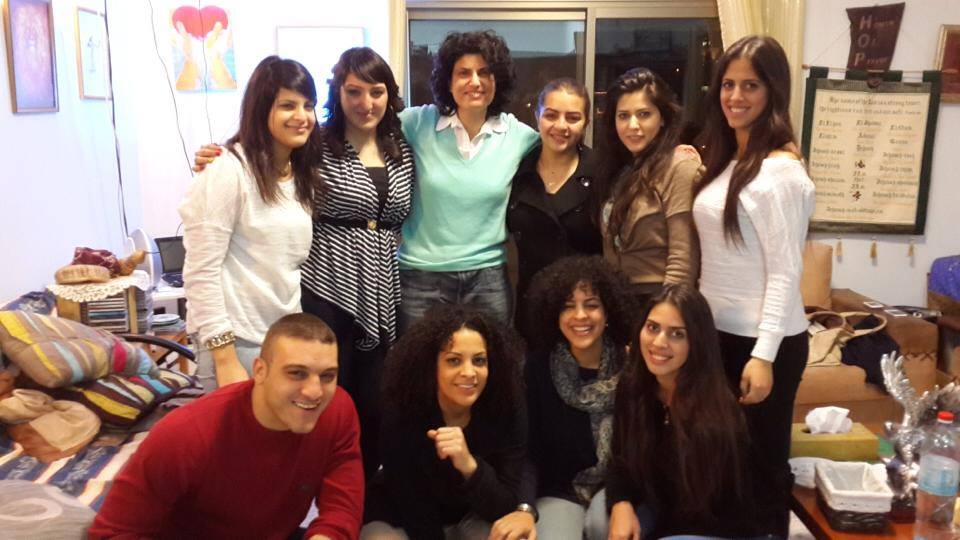 There is a wealth of information that can be found here but if you still have any questions, please
There is a wealth of information that can be found here but if you still have any questions, please 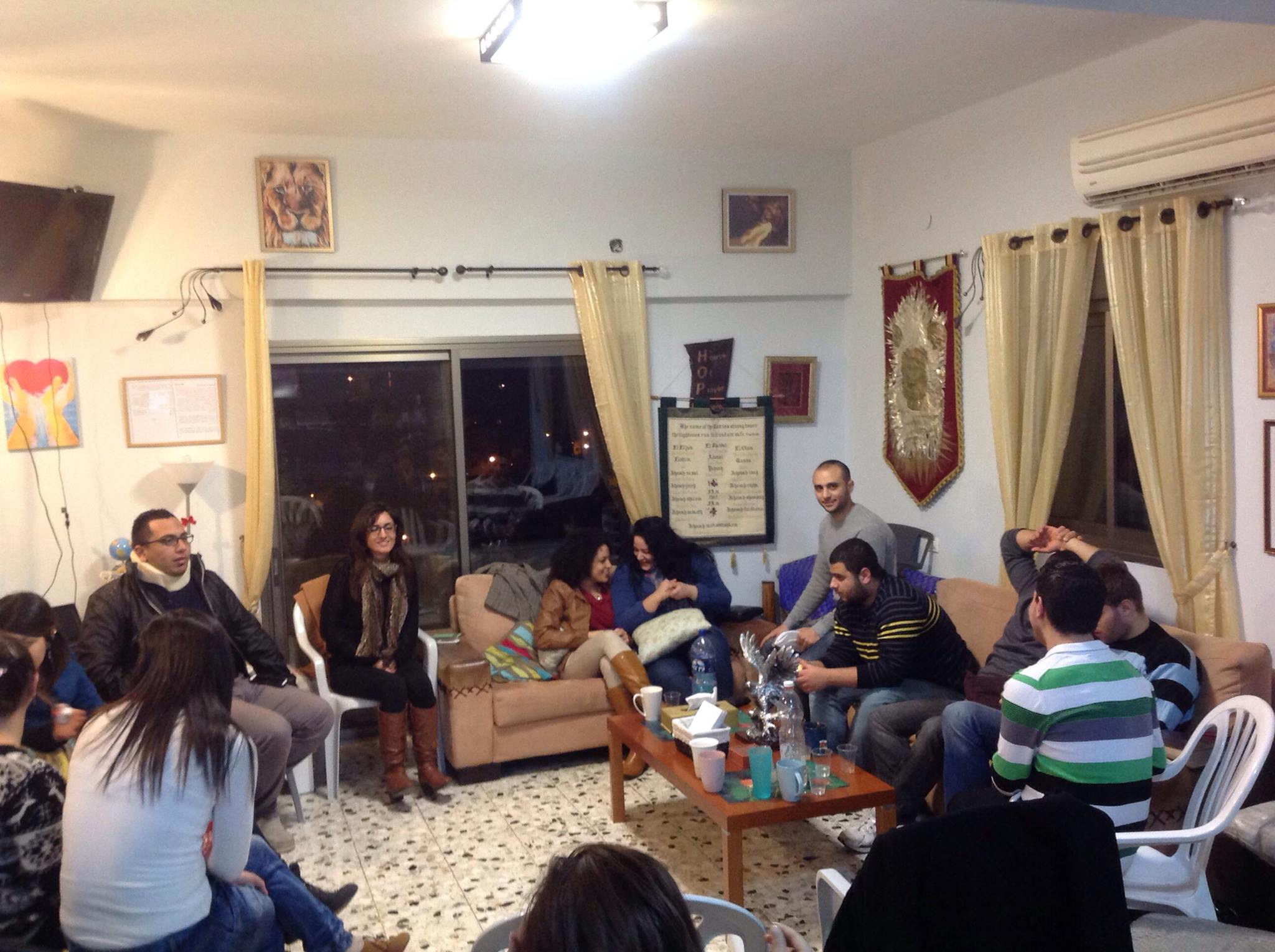 Our goal is to bring people together, to grow with each other and to serve others. Click here if you want to meet some new people and
Our goal is to bring people together, to grow with each other and to serve others. Click here if you want to meet some new people and 